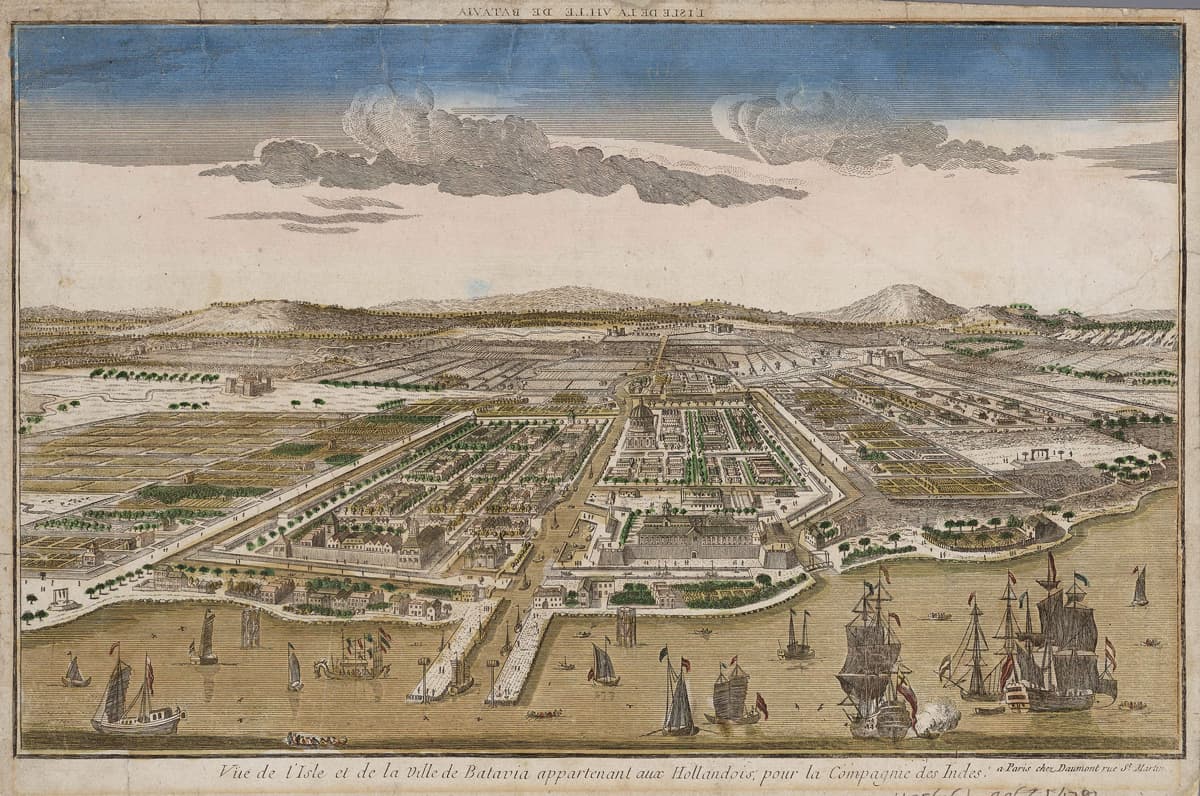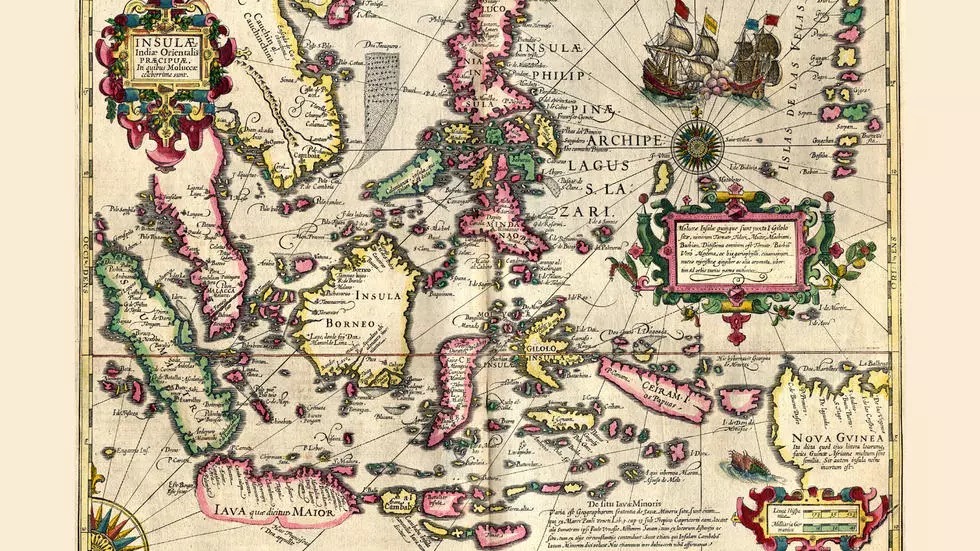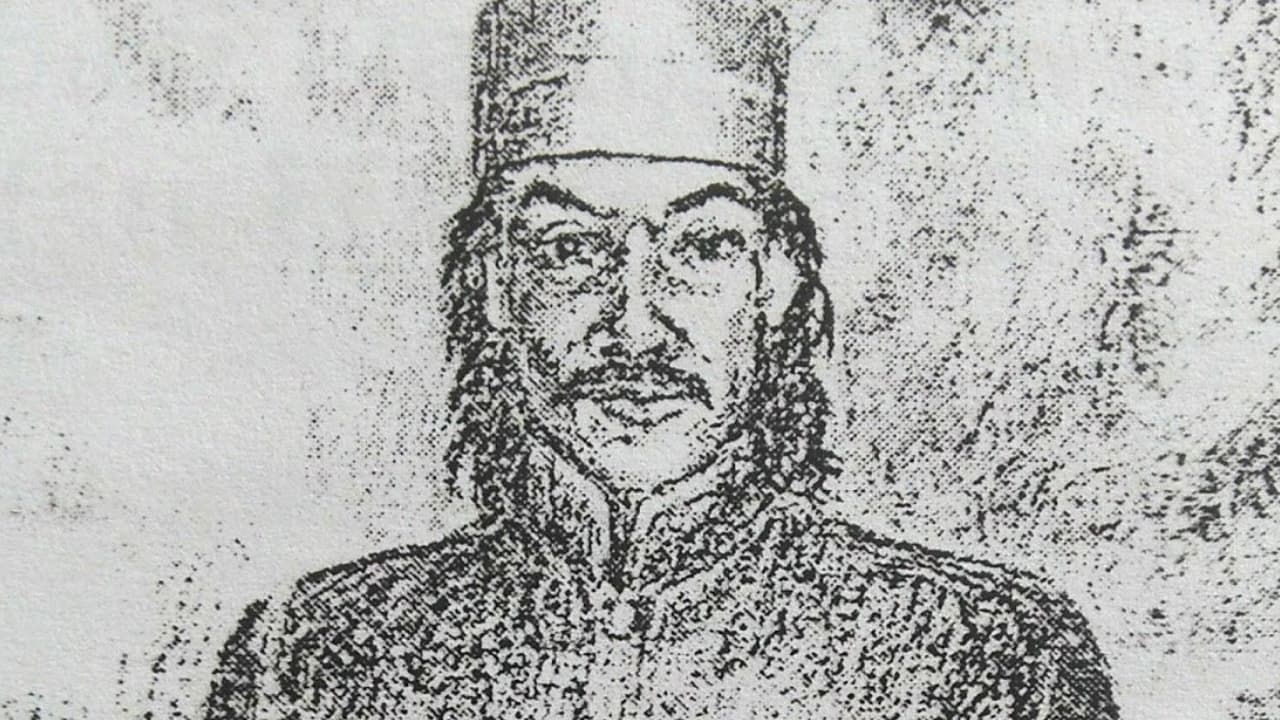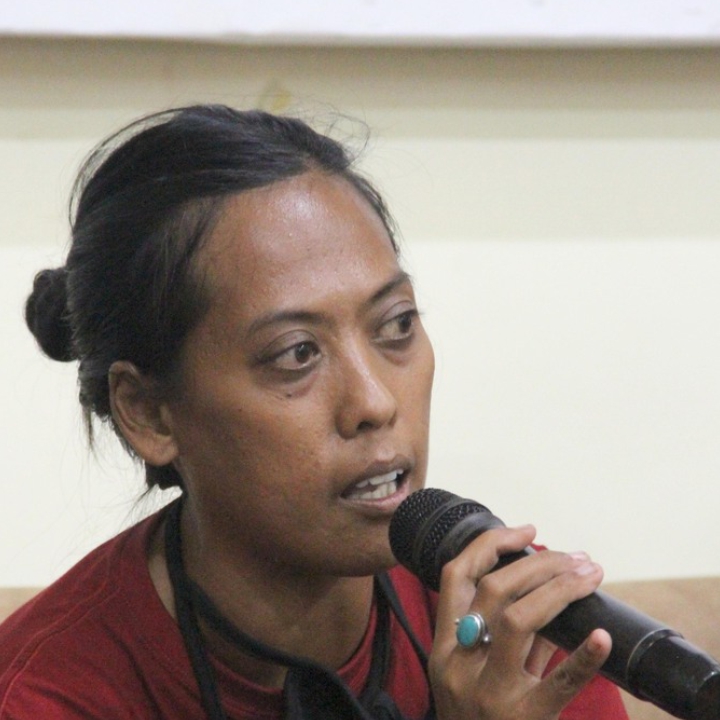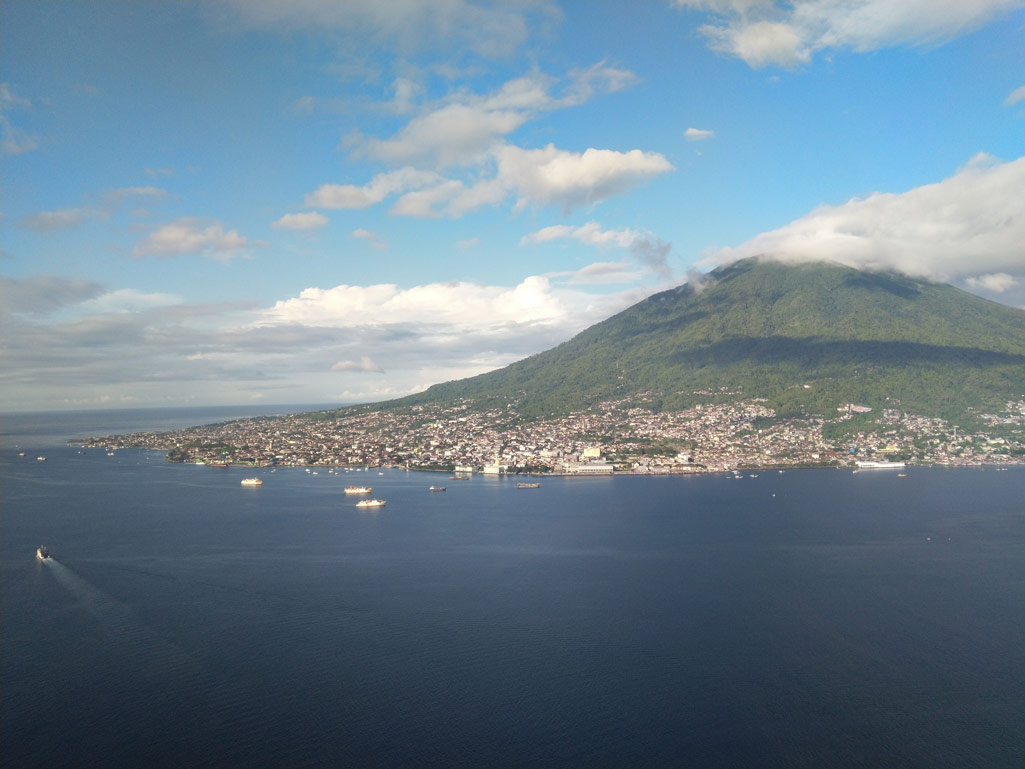
Ternate became one of the spice producer centers that attracted western voyagers. As a part of the Maluku Islands, Ternate is known for its 1000 meters MSL volcano, similar to the volcano on its twin island, Tidore.
Ternate started its journey as a clove producer in the 13th and 14th centuries under the reign of Kolano Sida Arif Malano (1317-1331) before the entry of Islam’s influence. During this period, Ternate opened up as the main trading port in Maluku. As a result, local and international traders came to Ternate, including Java, Maluku, Makassar, China, Arab, and Gujarat.
The traders began to settle down and open up trading ports. Finally, Kolano Sida Arif Malano managed to read a good sign and build a market that brought Nusantara and international traders together. In the development, Ternate even became a trade city equipped with attractive facilities.
Local traders offered spices, sago, fish, fruits, and meats in Ternate Market. Further, they also sold the blacksmiths’ productions, namely machete, agricultural tools, and other necessities. Meanwhile, international traders sold textiles, gold, silver, and gemstones, not to mention rice and other household items, including glassworks, plates, and porcelain bowls.
In the 15th century, under the reign of Sultan Byunnulah, the arrival of the Portuguese, who came to seek cloves, marked the existence of the Ternate Sultanate as a spice producer. However, besides the foreigners, Bandanese traders visited Ternate Sultanate to collect cloves and exchange them with the Gujarati fabric from Javanese traders.
Bandanese had to compete with the Portuguese to get cloves from Ternate, even though Bandanese tended to win. After giving up the search for cloves in Ternate Sultanate, the Portuguese turned to Tidore, which was under the influence of the Spanish.
Through cloves, Ternate became the most significant spice trade route in the eastern Nusantara. The defense sites, namely Oranje Fortress, Sultan Ternate Mosque, and Fort Kalamata, became the remaining traces of the trade. These old buildings are still in good care and have been appointed by the Ministry of Education and Culture as cultural heritage.
_________
Source:
Razif & M. Fauzi. 2017. Jalur Rempah dan Dinamika Masyarakat Adat Abad X-XVI: Kepulauan Banda, Jambi dan Pantai Utara Jawa. Directorate of History.
_________
Text & Editor: Tiya Septiawati
Translator: Dhiani Probhosiwi
Sumber gambar: Fdprasetyo, 2019



